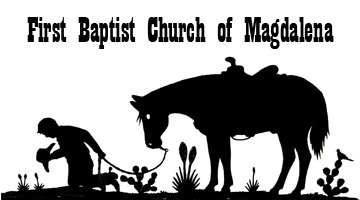Each week we put up the scriptures we intend to read at the worship service. You might wonder at the strange names and Hebrew that identifies the reading. These names correspond to the first Hebrew word of the Scripture (Torah) section.
Jewish tradition teaches that Ezra the scribe, along with the 120 elders of the Great Assembly in the 4th century before Jesus, was the originator of the weekly Torah reading schedule. The Great Assembly was said to include Mordecai (of the Ester story), Daniel, Nehemiah, Zachariah and Zerubabel, among other notables and was said to have instituted other standardized practices such as the standing prayer and the blessings before meals.
Ezra and the rest of the assembly divided the Torah (the first five books of the Bible) into 54 sections called parashah in Hebrew to be read each week during the year. The reading cycle begins and ends on Simchat Torah, which means rejoicing in God’s instruction. The idea was to always continue learning how the Lord wanted us to live our lives. Something that never ends.
Example of a Torah Parashah
B’reisheet | בראשית In the beginning
The title of the Torah (scripture) portion comes from the first Hebrew word of Genesis word of Genesis 1:1, B’reisheet which means “In the beginning”. While in English we call the first book of the bible Genesis, the Hebrew name is also B’reisheet.
